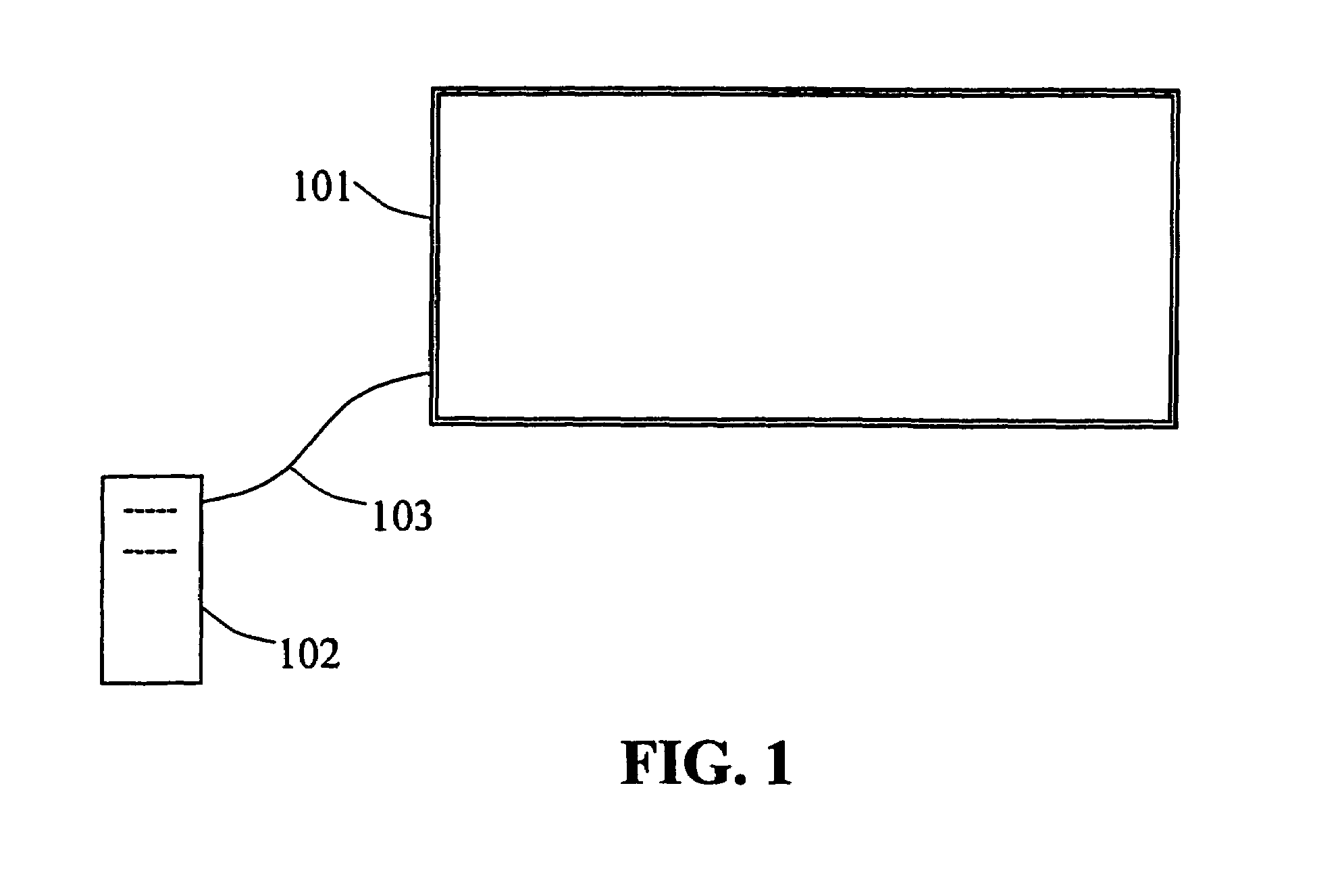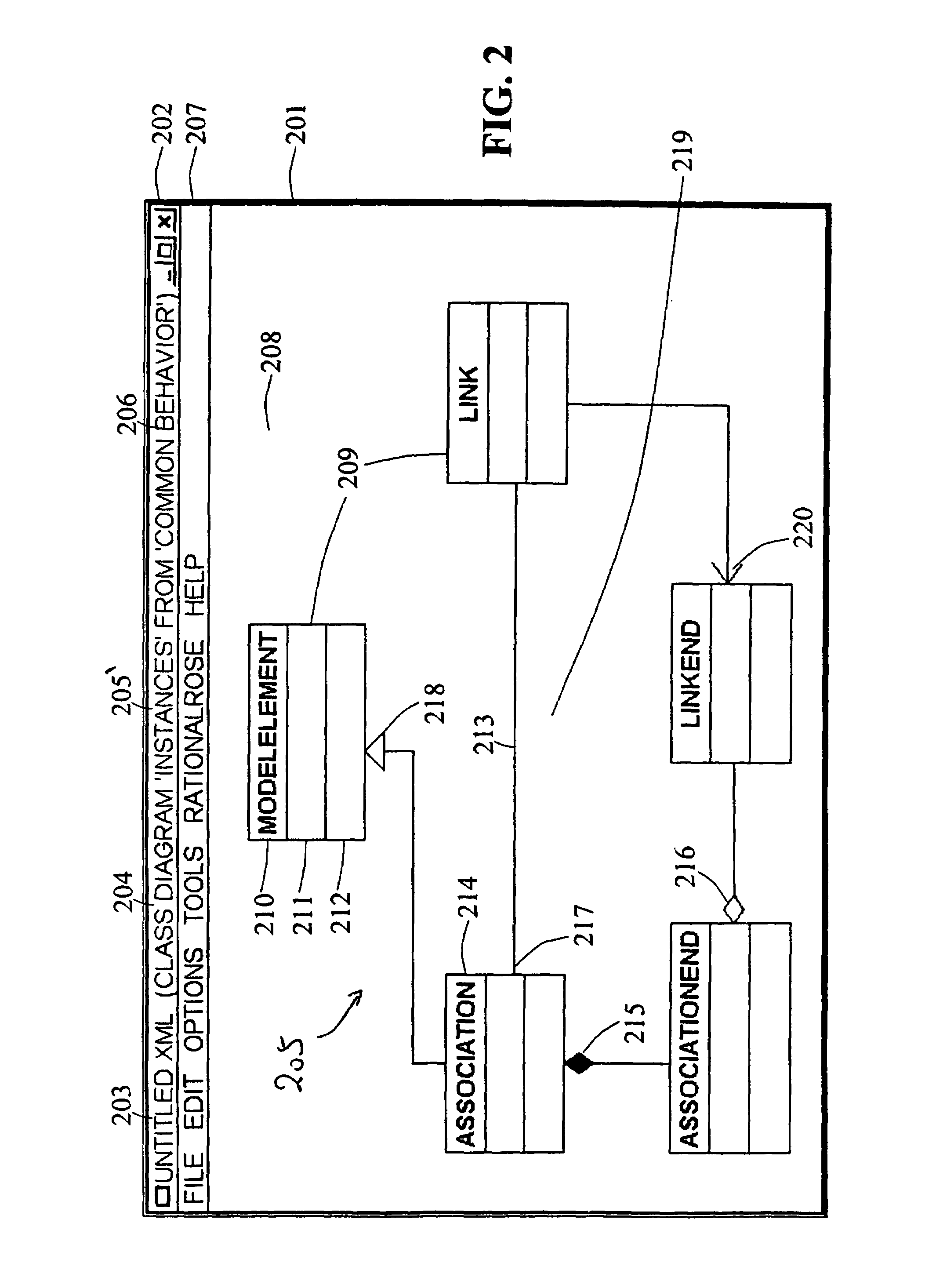Method for gesture based modeling
a gesture and modeling technology, applied in the field of gesture based modeling, can solve the problems of not being able to understand the referent system nor building a model system, and not being able to solve the problems of insufficient whiteboards, not being able to use widely and frequently, and not being able to solve the problem of not being able to understand the referent system
- Summary
- Abstract
- Description
- Claims
- Application Information
AI Technical Summary
Benefits of technology
Problems solved by technology
Method used
Image
Examples
Embodiment Construction
[0021]The purpose of the present invention is achieved by a method for gesture based modeling. The method includes a predetermined metamodel for a model including a number of general elements and possible relations between these general elements. The method also includes a number of predetermined general gestures with each gesture linked to at least on general algorithm. The model provides a reading of an input gesture. The method compares said input gesture with said number of predetermined general gestures and identifies at least one specific gesture among said predetermined general gestures as resembling said input gesture. The method assigns among said at least one general algorithm a specific algorithm to said specific gesture. The method determines the allowance of said specific algorithm according to said metamodel and model. In the case of allowance, upon request as a response to said specific gesture the method modifies said model in accordance with said specific algorithm....
PUM
 Login to View More
Login to View More Abstract
Description
Claims
Application Information
 Login to View More
Login to View More - R&D
- Intellectual Property
- Life Sciences
- Materials
- Tech Scout
- Unparalleled Data Quality
- Higher Quality Content
- 60% Fewer Hallucinations
Browse by: Latest US Patents, China's latest patents, Technical Efficacy Thesaurus, Application Domain, Technology Topic, Popular Technical Reports.
© 2025 PatSnap. All rights reserved.Legal|Privacy policy|Modern Slavery Act Transparency Statement|Sitemap|About US| Contact US: help@patsnap.com



